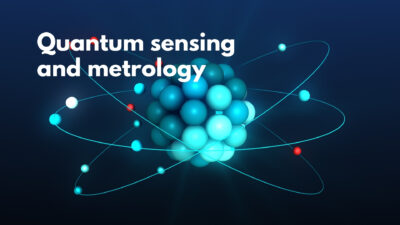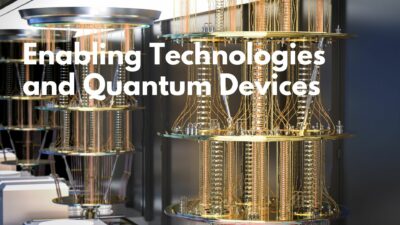NIST has been a key player in the development of atomic clocks, which are crucial for defining and maintaining precise time standards. The second, as defined by the International System of Units (SI), is based on the frequency of radiation from cesium-133 atoms. NIST’s first cesium clock, NBS-2, became the official U.S. time standard in 1960 and was much more accurate than earlier methods. Over the years, NIST has improved atomic clock technology, leading to clocks like NIST-F1, which is accurate to within one second every 100 million years. These advancements have been driven by innovations like laser cooling, which allows atoms to be slowed down for more precise measurements.
Modern atomic clocks, such as the strontium atomic clock, are so accurate that they would not lose or gain a second even if they had been running since the beginning of the universe. These clocks are essential for technologies like GPS, where precise timing is needed to determine location accurately. NIST also works on developing smaller, portable atomic clocks for use in various applications. While NIST does not operate GPS, it provides the research and standards that support its function. As atomic clock technology continues to improve, it will enable even more precise applications in science, navigation, and communication.
Source: https://www.nist.gov/blogs/taking-measure/keeping-time-nist
Keywords: Atomic Clocks, Time Standards, Laser Cooling



